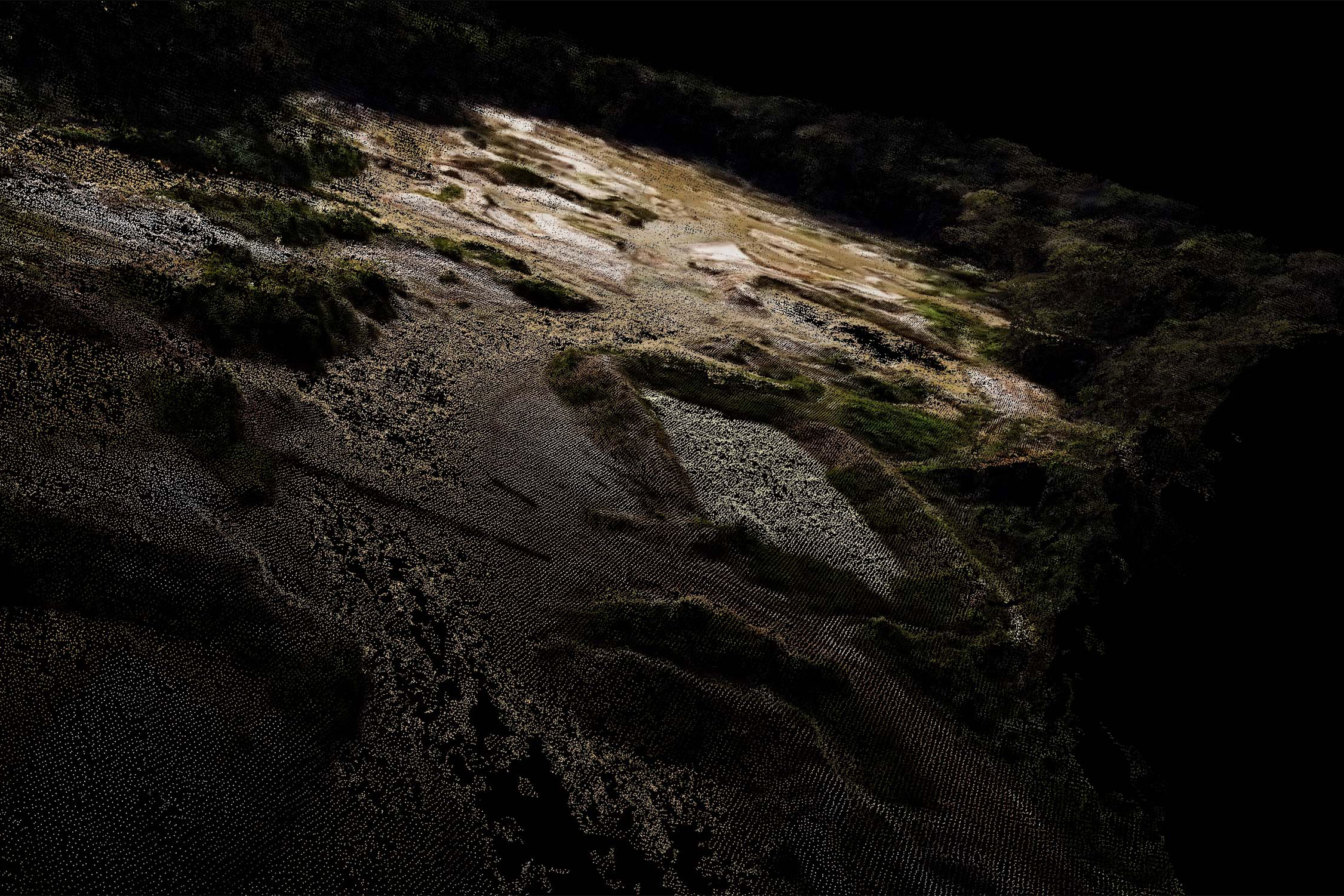As an artisanal gold mining practice, garimpagem is violently re-shaping the Tapajós river basis, in the Brazilian Amazon: contaminated human and nonhuman bodies, moonscape-like terrains, toxic air, water and soil. But in unraveling the structures that initiated and sustained such forms of environmental violence, one encounters a persistent continuum of state neglect towards the illegalized mining practice, and a blatant failure in reducing its ecological destruction and alleviating its socio–political frameworks of injustice.
In attempting to think both with and beyond the direct material consequences of these architectures of extraction by addressing its entanglements in broader socio-environmental histories, the study interrogates contamination beyond its molecular intimacies towards a politics of toxicity, it examines the collectivities of life that trouble the boundaries of victim, perpetrator and crime, and questions what modes of endurance can sustain chemically altered lives otherwise.
Context |
|
Date |
September 2019 |



